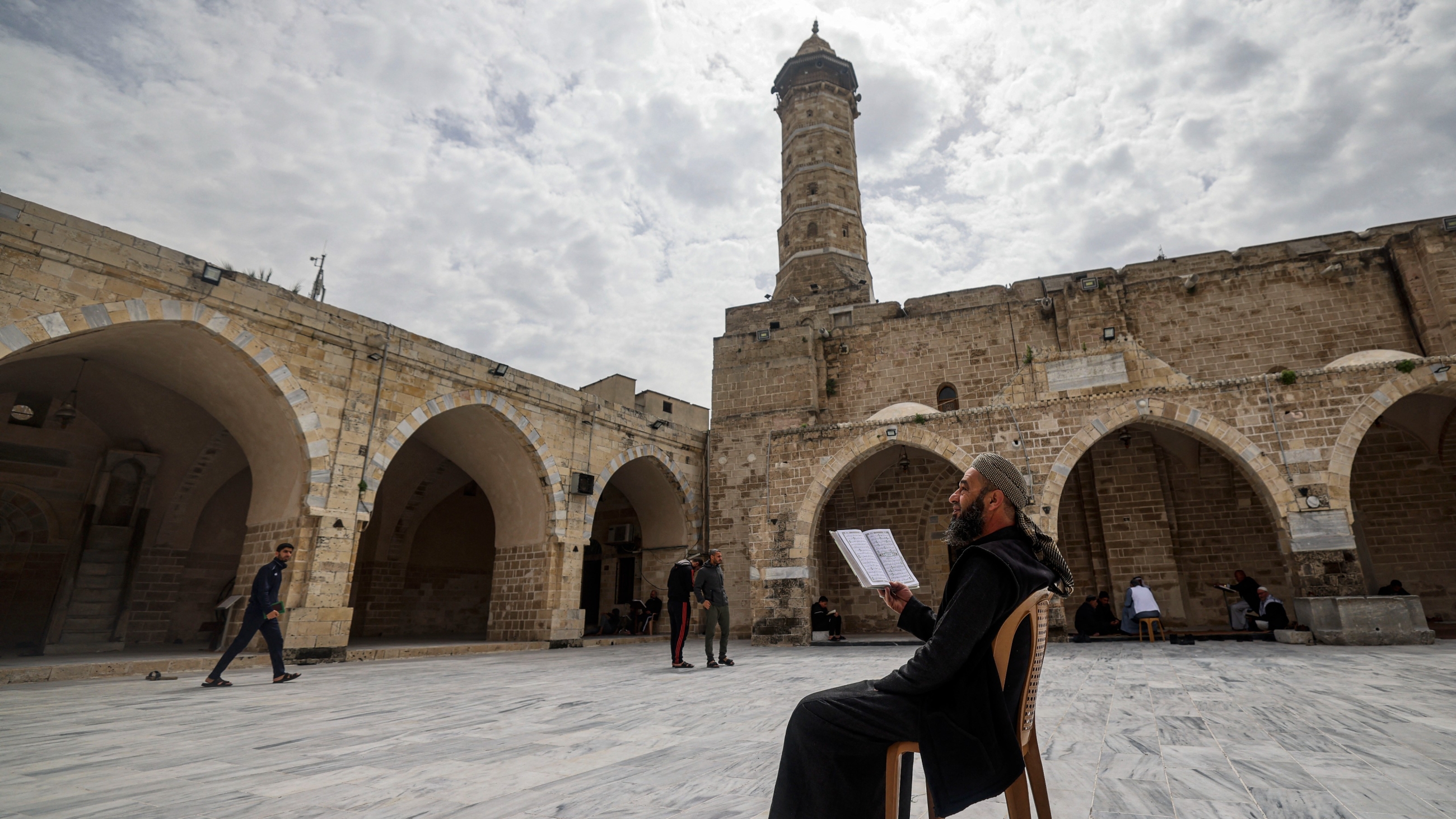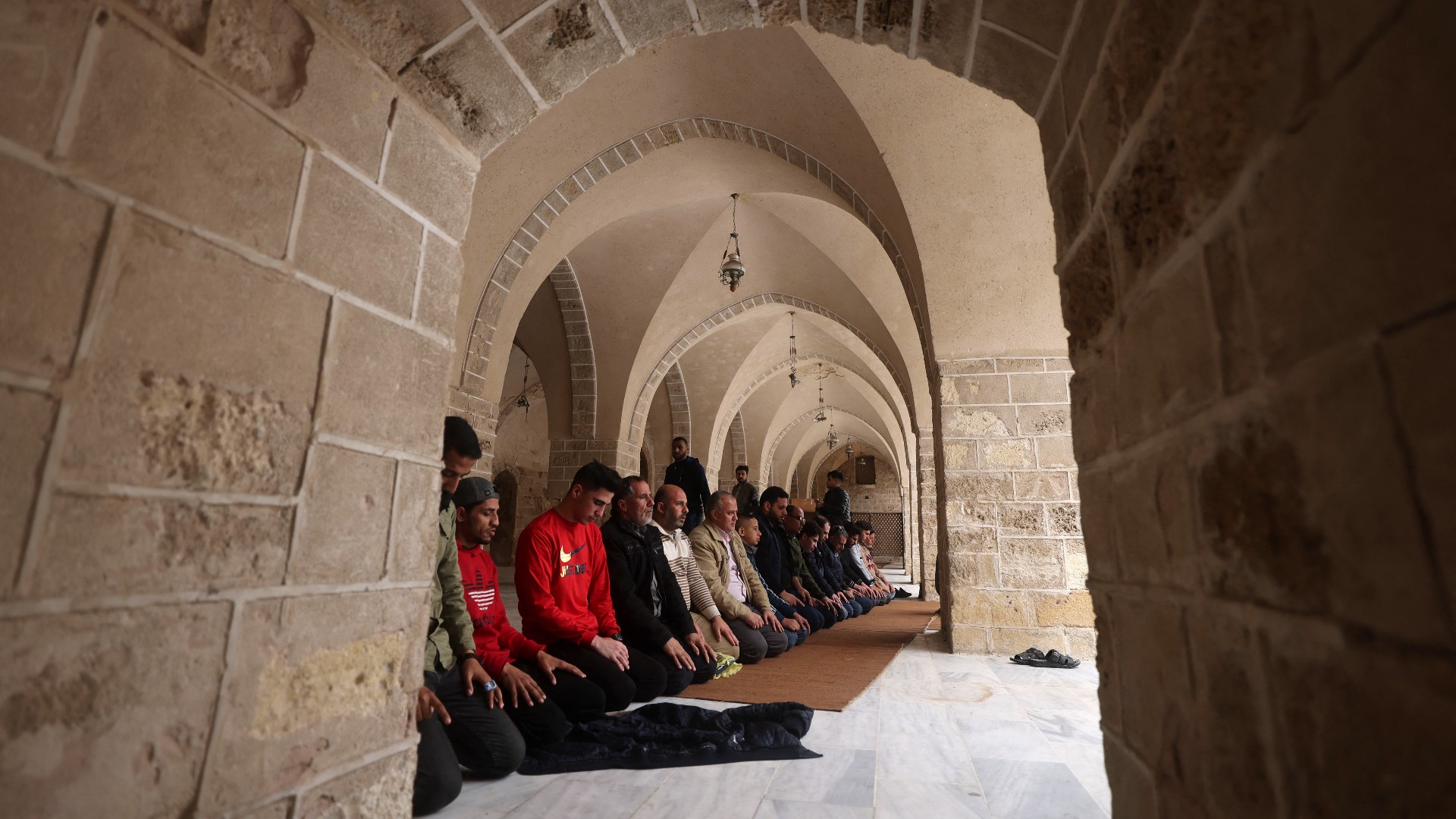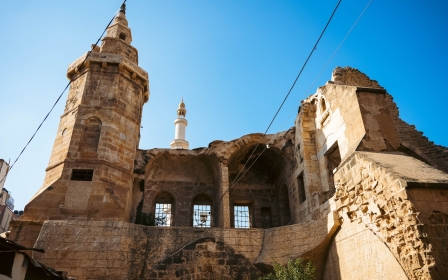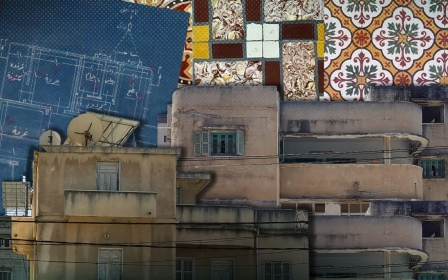Israel-Palestine war: The historic Great Omari Mosque in Gaza 'hit' by an Israeli air strike

Gaza's oldest mosque, the Great Omari Mosque located in the Old City, has reportedly been hit by an Israeli air strike on Thursday, according to Al Jazeera Arabic.
Middle East Eye could not independently verify the reports of the strike or confirm the extent of the claimed damage due to ongoing risks to its reporters in the area.
Also known as Gaza’s Great Mosque, it is the oldest in the besieged region and was built around 700 CE during the Umayyad period.
Its structure was developed out of the older cathedral of John the Baptist, which was built in 406 CE.
That structure was in turn built on the old ruins of the Temple of Dagon, a Philistine temple honouring an ancient pagan god of fertility and water, according to the Barakat Trust, a UK charity specialising in the heritage of the Islamic world.
New MEE newsletter: Jerusalem Dispatch
Sign up to get the latest insights and analysis on Israel-Palestine, alongside Turkey Unpacked and other MEE newsletters
With its square foundation and octagonal tower, the mosque's minaret was a remnant of the Mamluk Empire, which ruled over Gaza for almost three centuries, from around 1250 to 1517, when the Ottomans took control and expanded the mosque further.
The Great Omari Mosque is reportedly named after the second caliph of Islam, Omar ibn al-Khattab.
It was during the rule of Omar that Arab armies defeated the Byzantine Empire and conquered the Levant, including Gaza.
Israel's successive bombardments of Gaza have over the years destroyed many important parts of its rich architectural heritage.
In 2014, another mosque, also called Omari, in the Jabaliya area near Gaza City, was hit by an Israeli missile.
Its vaulted sandstone arches, thought to date back to the seventh century, were damaged, and the muezzin who recited the call to prayer was killed, according to The Times of Israel.
Follow Middle East Eye's live coverage for the latest on the Israel-Palestine war
Gaza’s Old City is home to several other historical religious sites, including the St Philip the Evangelist Chapel and St Porphyrius Church, a 1,600-year-old building that was bombed by Israel in October.
Muslims and Christians had been taking shelter within the walls of the church after Israel launched its retaliatory military campaign in the wake of a Hamas-led attack on southern Israel on 7 October, which killed 1,200 people.
Originally built in 425 CE and named after Saint Porphyrius, the fifth-century bishop of Gaza, the church is the oldest operating Christian place of worship in Gaza.
The two adjoining halls of the Church complex were destroyed in the Israeli attack.
At least 18 people who were sheltering in the church grounds, were killed.
The church was converted into a mosque in the seventh century with the arrival of the Mamluks, but Crusader forces restored its original Christian dedication in the mid-12th century.
This article is available in French on Middle East Eye French edition.
Middle East Eye delivers independent and unrivalled coverage and analysis of the Middle East, North Africa and beyond. To learn more about republishing this content and the associated fees, please fill out this form. More about MEE can be found here.





